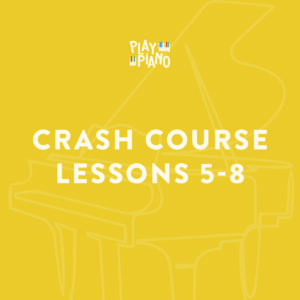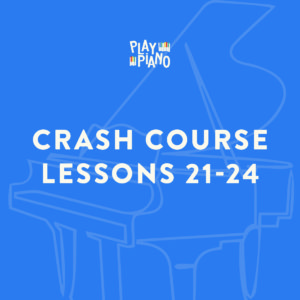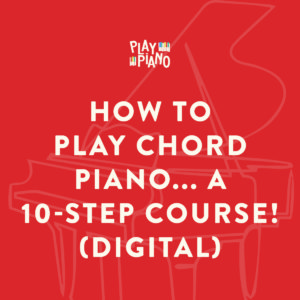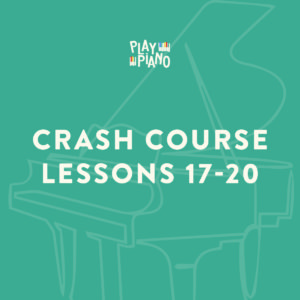Description
I have isolated 33 prime characteristics — 33 key elements of piano playing, and put them all in one place in a course titled “33 Tips For Becoming a Great Pianist!”
You’ll get 33 PDF cards that summarize each of the 33 tips — and on the audio lessons that come with the course you’ll hear me explain and demonstrate each of those 33 key elements.
For example, you’ll learn when you should look down at your hands, and when you shouldn’t, and how to keep from losing your place when you do.
You’ll learn the secret of pedaling, and how to make your playing smooth when you want it to be, and explosive when you want it to be. You’ll learn the logic of fingering — why it’s so easy once you understand the principle. You’ll learn the 7 secrets of sight reading fast. You’ll learn how to train yourself to hear intervals of all kinds, from 2nds to 13ths. You’ll learn to recognize chords, and extend them, and substitute them, and how to turn them into various styles by breaking them up in certain ways.
You’ll learn to voice chords in open and closed voicings and how to add color tones.
You’ll learn how to harmonize and analyze and stylize… and tons more.
Here are the 33 tips:
- Hand & Body Position — Eye Flips
- The key to productive practice — Spaced Repetition
- Attitude — how it affects your learning
- How & when to pedal. Using explosive dynamics
- Exposure: why it’s critically important
- Ear Training — Intervals from 2nds to 13th
- Fingering — which finger do you use when?
- Chord substitutions that create fantastic sounds
- Chord recognition — how to recognize what chord is being used
- Musical vocabulary: tempo words, form words
- Arranging: how’s your “bag of tricks” coming along
- Melodic sense: how does the melody relate to the chords?
- Sight-reading: 7 fundamentals you can’t ignore
- Key orientation: Can you think in the key you’re playing in?
- Scanning the score before you start playing
- Mental practice — how to learn music in bed
- Repertoire: Why you need one to be prepared
- Goal setting: How good can you get?
- Rhythm awareness — samba, fox trot, etc.
- Why music history is important to you
- Idea stealing — how and where
- 12-bar blues; creating a motif; “blue notes”
- Extended chords: 6th, 7th, 9th, 11th, 13th
- Technique acquisition: rubber balls, drills
- Harmonization: Using I, IV & V to harmonize
- Key identification: Recognizing key signatures
- Voicing: Open, closed, registers, color tones
- Improvisation: Making music right out of your head
- Harmony & theory: How much should you know?
- Stylistic devices: Western, boogie, jazz, etc.
- Analysis: How to understand what you’re hearing
- Riffs & runs & fills: How to develop them
- Cross-pollination: The best of all worlds!
This course contains 4 Audio Lessons along with 33 Tips (PDF)








Reviews
There are no reviews yet.